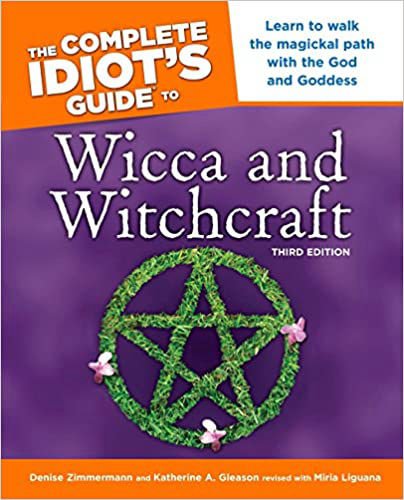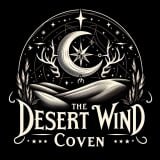Complete Idiot's Guide to Wicca and Witchcraft, 2E (The Complete Idiot's Guide) by Denise Zimmermann & Katherine A. Gleason.
A revised edition, updated with magickal concentration exercises, magickal ethics, expanded coverage of Wicca and its deities, and loads of new spells and recipes.
With the integration of witchcraft into pop culture (e.g. Buffy the Vampire Slayer and Charmed on TV) interest in these topics is going ever more mainstream. According to FoxNews.com, Wicca is growing on college campuses...Lehigh and the University
Often Bought With This Item:
* Wicca and Witchcraft For Dummies by Diane Smith.
* Wicca 101: A Comprehensive Guide to the Craft by Earl LeMaster.

